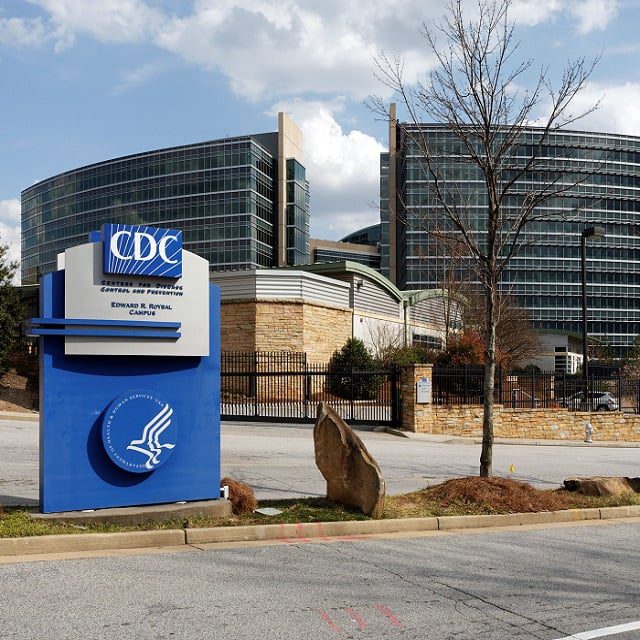Why CDC Mortality Numbers Matter to Your Practice

What You Need to Know
The investment markets could go down.
Clients could die.
Clients need protection against both types of risk.
As insurance agents and financial advisors, your primary goal is to secure the financial future of your clients and their families.
While you’re well-versed in various aspects of financial planning and risk management, there’s one crucial factor that often goes overlooked: U.S. Centers for Disease Control and Prevention mortality data.
The Influenza Threat: A Tale of Two Families
To illustrate the importance of the CDC mortality data, let’s delve into the lives of two fictional families, the Smiths and the Browns.
The Smiths
The Smith family consists of John, Sarah and their two young children. John and Sarah are both 45.
John is a life insurance agent, and Sarah is a baker.
John and Sarah have diligently planned their financial future, including life insurance policies, retirement accounts, and college savings for their kids.
John regularly keeps an eye on the CDC mortality data. He knows that death could come earlier than expected.
One winter, an unexpected influenza outbreak sweeps through their community and temporarily doubles the death rate
Tragically, John contracts a severe case of the flu and succumbs to complications.
The family is devastated, but the careful planning pays off.
Sarah can use the life insurance death benefits to pay for someone else to oversee her bakery for a few weeks, pay off the mortgage, cover the children’s education expenses, and maintain the family’s quality of life during this difficult time.
The Browns
On the other side of town, we find Andrew and Roberta Brown, the parents of three children.
Roberta, a financial advisor, has loyal, happy clients, but she has always neglected to plan for her own mortality risk. She knows that the average level of mortality risk for someone her age is low, and she avoids preparing for low-probability scenarios.
She and her husband have health coverage with a high annual out-of-pocket spending maximum; no cash in a health savings account or emergency fund; and no life insurance.




